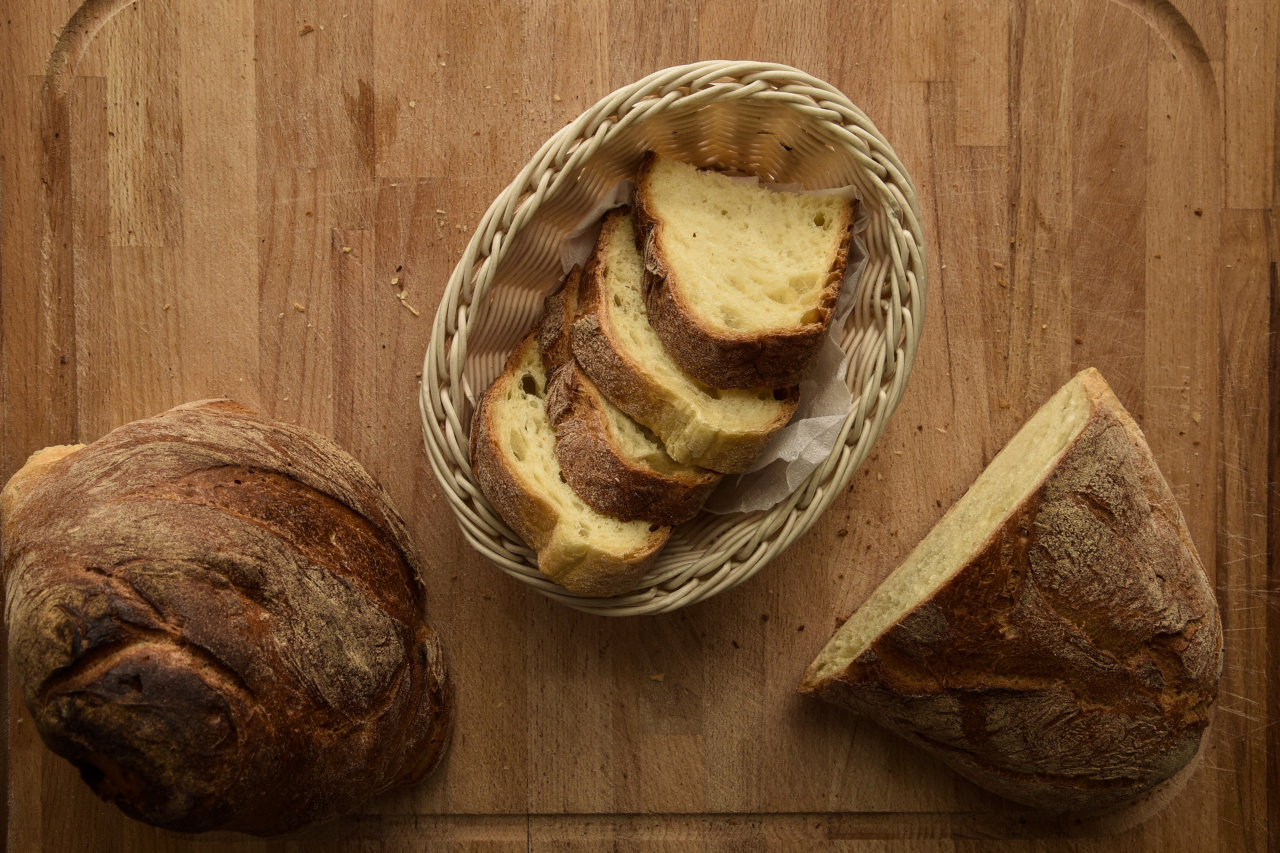When it comes to bread, many people are often confused about which type of bread is healthier: white or whole grain.
While both types of bread have their pros and cons, it is important to understand the difference between the two in order to make an informed decision for a healthier life.
What is white bread?
White bread has been a staple in many households for generations. It is made from highly processed flour that has been stripped of its bran and germ, leaving behind only the starchy endosperm.
White bread is often described as soft, fluffy, and mild in flavor.
While many people enjoy the taste and texture of white bread, it is important to note that it is high in calories and low in nutrients.
Since the flour used to make white bread has been stripped of its bran and germ, it contains very little fiber, vitamins, and minerals.
What is whole grain bread?
Whole grain bread, on the other hand, is made from flour that contains the entire grain, including the bran, germ, and endosperm. This type of bread is often darker in color, denser in texture, and has a nuttier flavor.
Whole grain bread is packed with important nutrients that are essential for a healthy body. It is rich in fiber, vitamins, and minerals, which can help lower the risk of heart disease, diabetes, and certain types of cancer.
The benefits of whole grain bread
Choosing whole grain bread over white bread can provide a number of health benefits. Here are just a few reasons why you may want to make the switch:.
1. Rich in fiber
Whole grain bread is an excellent source of dietary fiber, which can help keep you feeling full and satisfied for longer periods of time. Fiber also helps regulate blood sugar levels, reduce cholesterol, and promote healthy digestion.
2. Packed with vitamins and minerals
Whole grain bread is loaded with vitamins and minerals that are essential for good health. It is a rich source of B vitamins, which are important for energy production, brain function, and healthy skin, hair, and nails.
It also contains minerals such as iron, zinc, and magnesium, which are necessary for strong bones, a healthy immune system, and proper muscle function.
3. Helps prevent chronic diseases
Eating whole grain bread on a regular basis may help reduce the risk of chronic diseases such as heart disease, diabetes, and certain types of cancer.
The fiber in whole grain bread can help reduce cholesterol levels and improve insulin sensitivity, while the vitamins and minerals can help protect cells from damage.
4. Can aid in weight loss
Since whole grain bread is high in fiber and low in calories, it can be a great addition to a weight loss diet. The fiber in whole grain bread can help keep you feeling full and satisfied, which can reduce the urge to overeat or snack between meals.
Choosing the right bread for you
When it comes to choosing the right bread for you, there are a few things to keep in mind. Here are some tips for making the best decision:.
1. Read the label carefully
When buying bread at the grocery store, be sure to read the label carefully.
Look for bread that is labeled “100% whole grain” or “whole wheat.” Be wary of bread that is labeled “multi-grain,” “enriched,” or “wheat,” as these may contain only a small amount of whole grains.
2. Check the ingredients list
Take a close look at the ingredients list on the bread package. The first ingredient should be whole wheat flour or another type of whole grain flour. Avoid bread that contains added sugars, high fructose corn syrup, or hydrogenated oils.
3. Choose bread with at least 3 grams of fiber per serving
When looking for whole grain bread, choose a variety that contains at least 3 grams of fiber per serving. This will ensure that you are getting enough fiber to reap the health benefits of whole grain bread.
The bottom line
When it comes to bread, whole grain is the way to go. It is packed with important nutrients that are essential for good health, and can help reduce the risk of chronic diseases.
By making the switch from white bread to whole grain bread, you can enjoy all the benefits of a healthy diet without sacrificing taste or convenience.






























